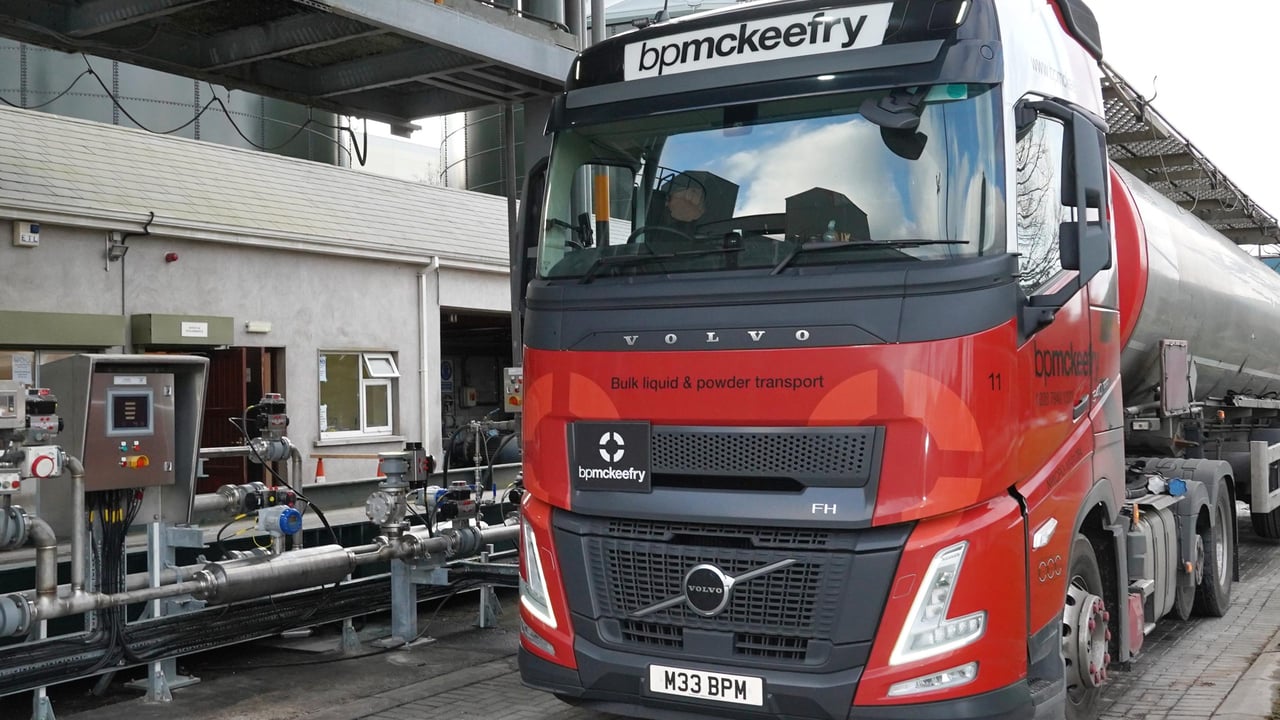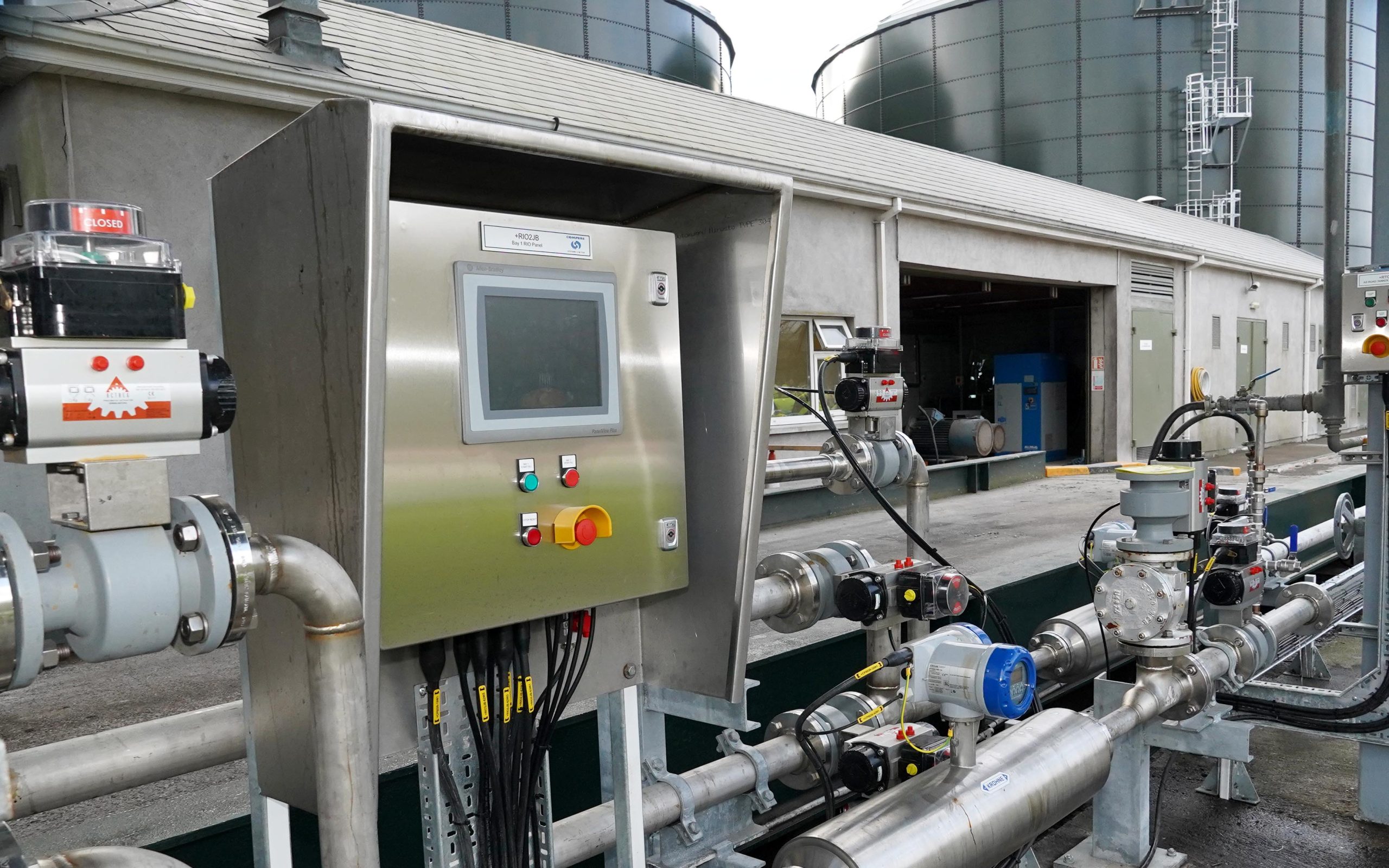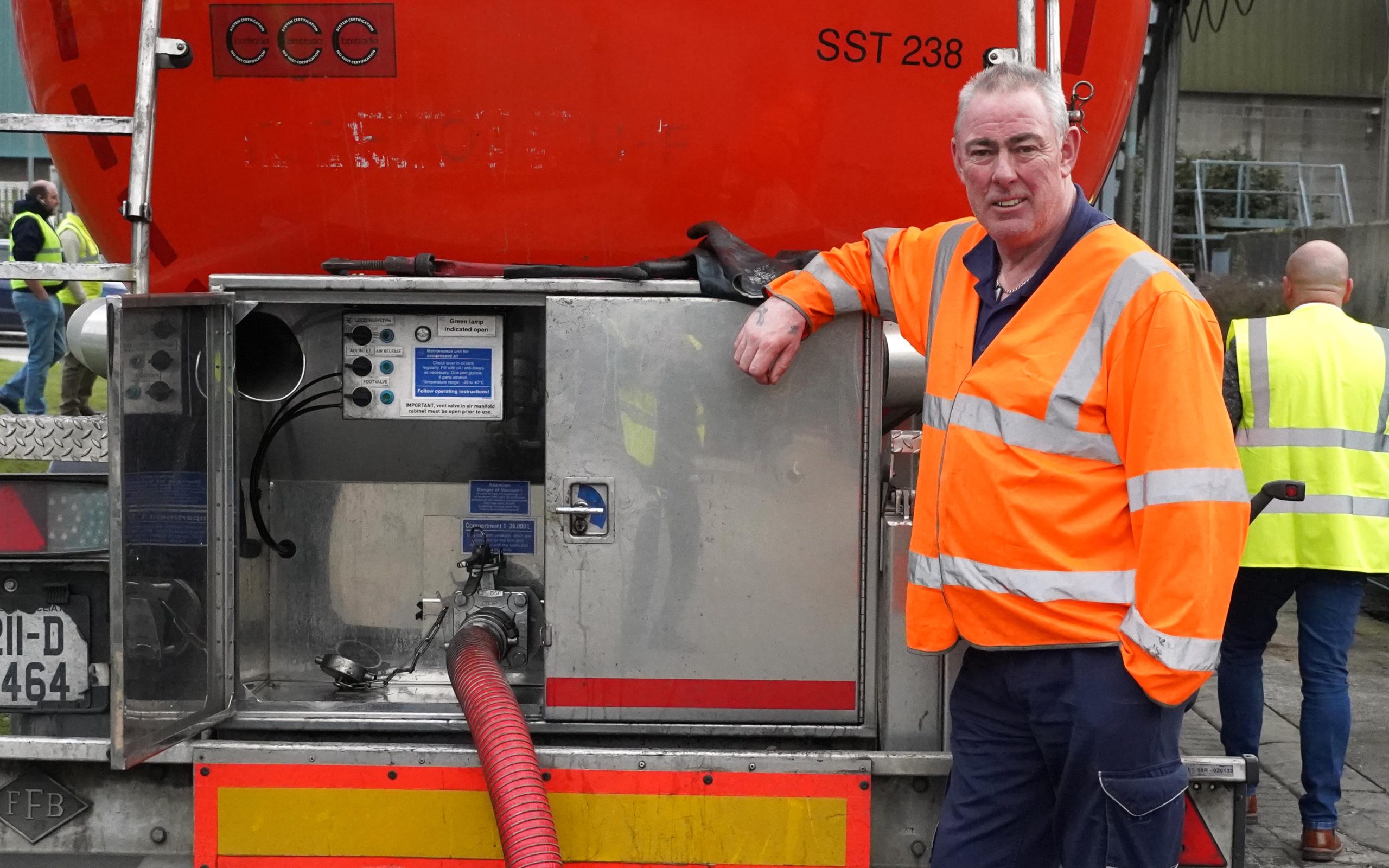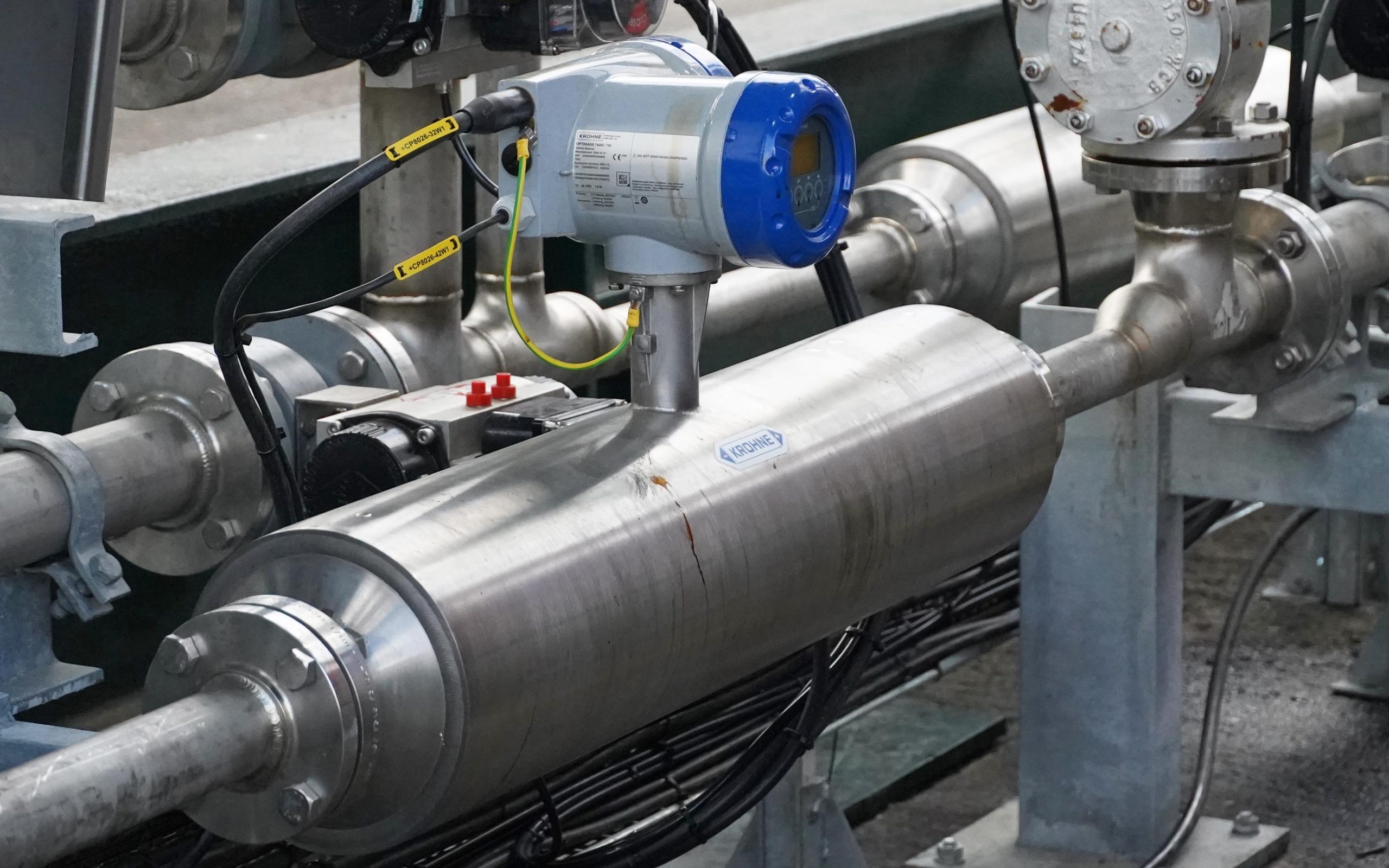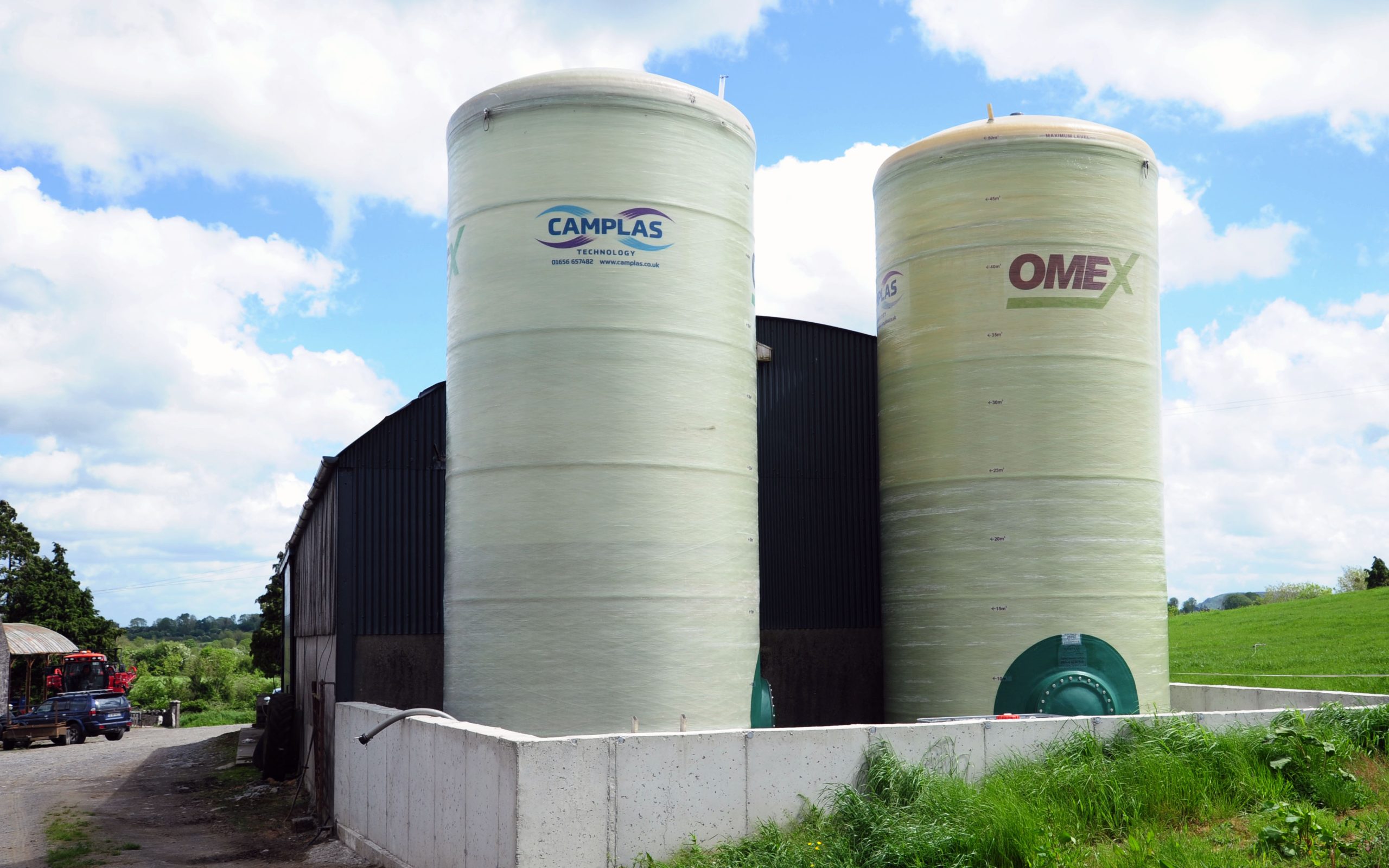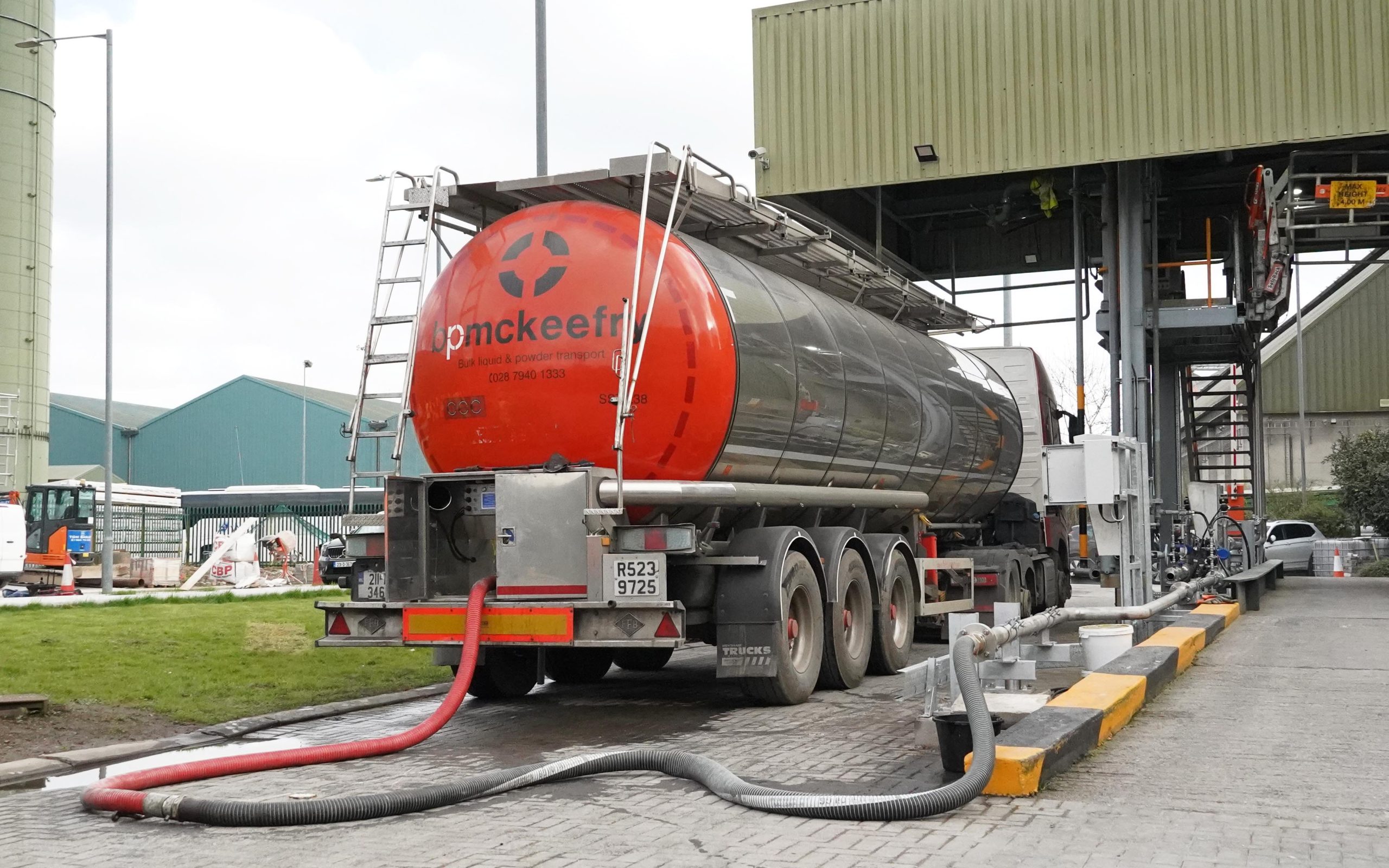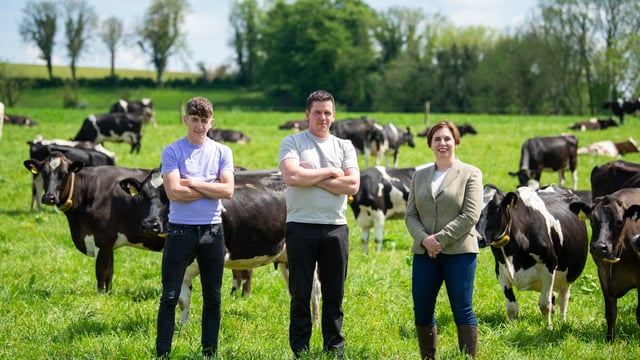Behind the scenes at Omex's new Cork distribution depot
The application of fertiliser has always been considered a straightforward affair of shaking solid prills onto the ground and waiting for the rain to dissolve and wash them in, but Omex is one company challenging that notion.
The traditional method is fraught with problems when examined a little closer.
Prills are not consistent in content, size, or weight, some blends may even contain fillers that have no nutritional value at all, however, all the mechanisms for spreading assume that none of these issues exist.
The greater the spreading width the more these causes of inaccuracy are exacerbated, so an efficiency gained in having a bigger spreader may be lost due to variations in product quality and physical characteristics.
Switching to liquid application overcomes many of these obstacles to effective and accurate spreading, although the range of blends is not yet available due to the natural reluctance of potassium to dissolve in water.
The major supplier of liquid fertilisers into Ireland is Omex, a UK-based company that has been delivering into this country since 2016.
It has recently commissioned a new distribution depot at Ringaskiddy in Co. Cork to serve the whole of Ireland and held an official opening this week to mark the occasion.
The facility is run in partnership with UM Terminals, a division of United Molasses which owns the site and already stores and delivers from tanks situated there, and will continue to do so.
The new installation consists of three bunded 5,000m3 tanks, pumps, stainless steel delivery lines from the wharf and a metering system to fill the road tanker, record the amount dispatched and generate an invoice.
Including planning application and approval, the installation was completed in less than a year and its first nine loads were out on the March 4, the day before the official opening.
Although a significant project neither company would comment on the investment involved, only confirming that Omex were leasing the tanks from UM Terminals and that they have a design life of at least 50 years.
The fertiliser itself comes from various sources, Lithuania, Poland, and the US being the three major suppliers. Lithuania might be a surprising source, but its fertiliser industry is worth $1.5 billion.
Omex purchase a tanker load of products from whichever supplier is chosen which then heads for Cork for partial unloading before wending its away around Omex's other storage points in the UK.
Having arrived at Cork the liquid is pumped into the tanks at a rate of 350 -400t per hour and once full the ship departs for its next delivery point.
Final delivery to farms and distribution depots is by road tanker and at Ringaskiddy it is simply a matter of connection by hose to the bulk tanks and measuring the quantity loaded by a Coriolis meter.
The Coriolis meter can record the mass and density of the liquid as well as the flow rate, enabling a precise record of the volume and weight of the liquid loaded.
The nitrogen based liquids are branded as Nitroflo and depending on the actual product the specific gravity varies between 1.27-1.3 kg/m3, which, for comparative purposes, means that a standard IBC tank can hold 1,270-1,300kg of product.
Large tanks on farm are not required as either sprayers or containers
The potential for mistakes being made is minimised through the system having various checks. The driver need only enter the order number, his registration, and tanker number for loading to commence, the system then takes over and he has no further input.
It is from this data that the invoice is generated, a weighbridge is not required, and accuracy is within 0.5%, the tolerance allowed by weights and measures legislation.
Should a blend have been ordered then the system automatically introduces the quantity of each material as required in batches, while mixing will take place in the road tanker itself.
Omex say that that they have closely examined this issue and concluded that driving up the road for a few miles is just as effective as any sort of mechanical mixing arrangement it has tried
Once on the farm, or dealer's yard, the tank is pressurised to around one bar and the liquid blown out, clearing the pipes completely in doing so.
Taking the fertiliser to the customer is one half of the equation, the other is its selling and marketing and to undertake this task Omex have appointed six dealers around Ireland, all of which have been selected for their enthusiasm for the concept and all of which have an agronomy background.
A sound knowledge of crops and how they react to inputs is, Omex feels, an absolute prerequisite for any dealer wishing to sell its product, for advice and training on its use is an important aspect of getting it accepted.
Not that there is any great difficulty in using it, any modern sprayer can handle it once appropriate nozzles have been fitted, there are a few basics to go over, such as how to avoid scorch, but users are not left alone with a new product and no back-up.
Besides dealers, Omex is keen to recruit spraying contractors, a route to adoption which it sees as critical for it allows customers to try the product without any investment in machinery or infrastructure.
Those contractors that are already involved report that word of mouth has seen their business grow rather than having to knock on doors. It is said that the take up by grass is overnight while on tillage crops a much earlier start to growth is noted.
With the commissioning of this new facility, Omex have made it quite clear that they are in Ireland to stay and to grow.
Liquid fertiliser is by no means a new concept, a third of the nitrogen application in England is applied this way and the company will be working to see a similar market penetration here in Ireland.

